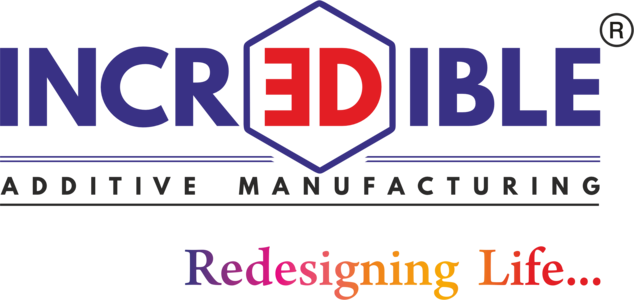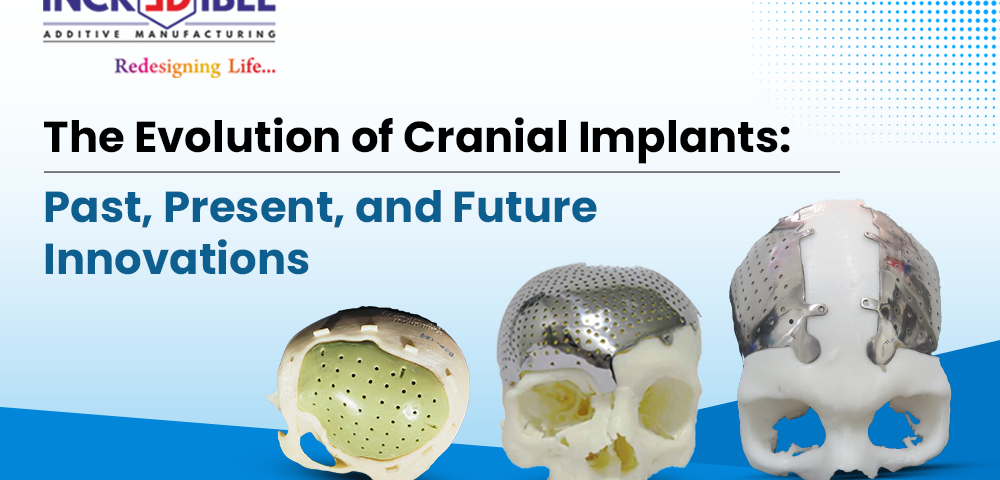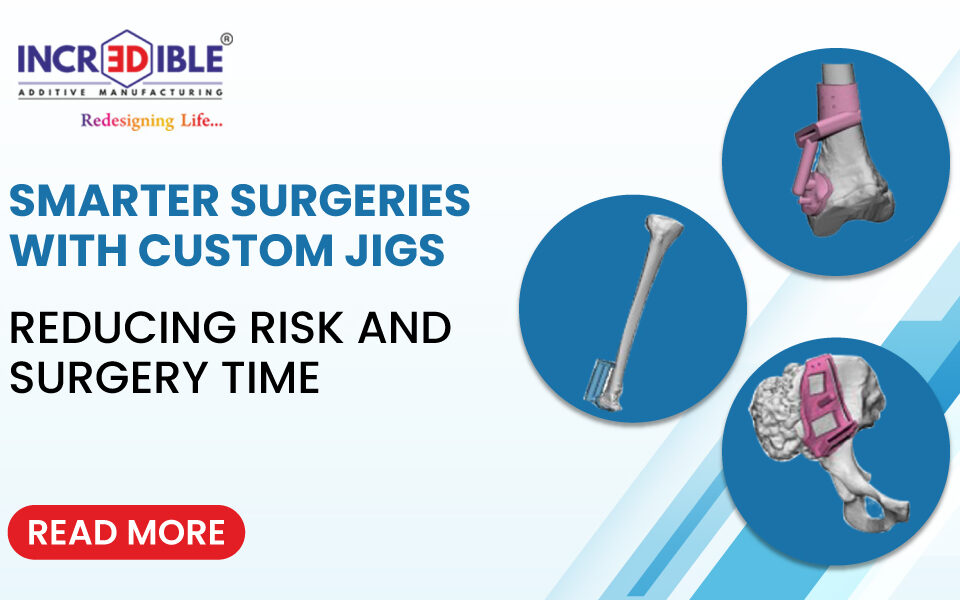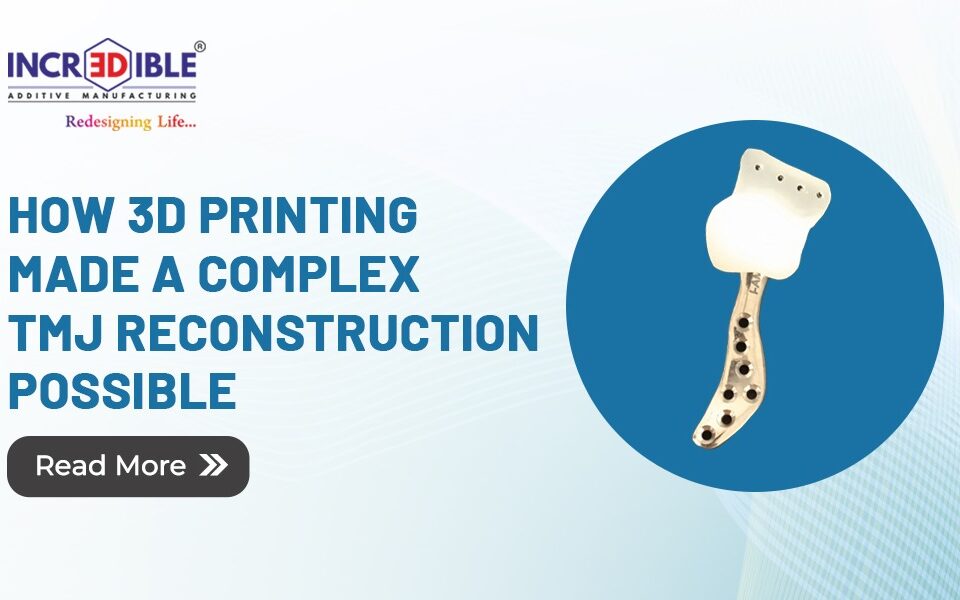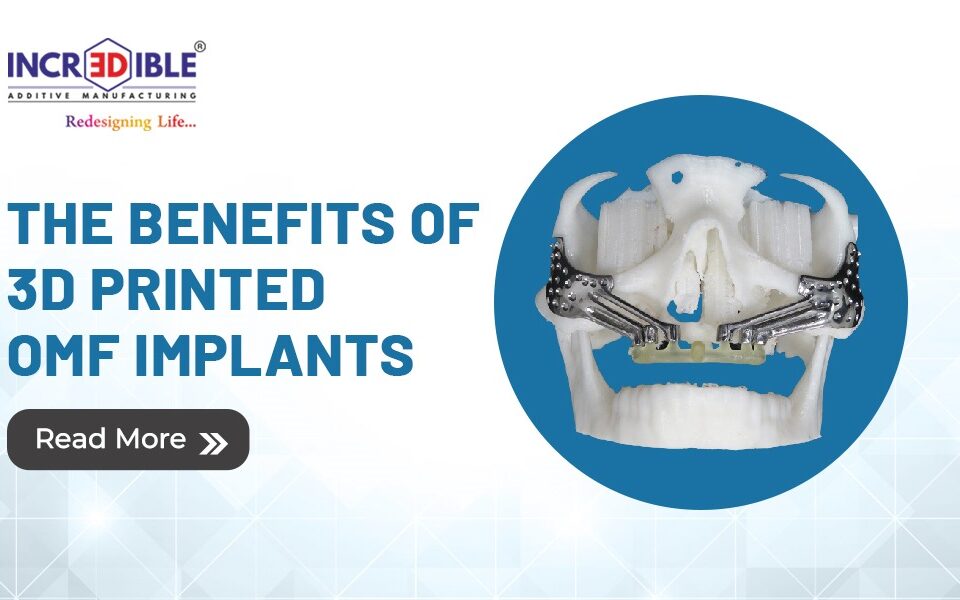The surgical approach to the skull has existed since the ancient settlers of 7000 BC constructed the earliest cranioplasty procedures. Cultural artifacts demonstrate that the Incans and Egyptians practiced cranioplasty for skull injury treatment since antiquity. Material selection focused more on social ranking than medical necessity despite these times pre-dating modern medicine. The social class of the patient influenced skull defect repairs in ancient times since noble individuals received gold plates, and commoners received natural gourd replacements. These primitive methods from ancient times lacked modern scientific evidence but began the human pursuit to repair damage to the cranial implants following illness or injury.
The Role of Modern Cranioplasty
Medical practitioners currently perform cranioplasty procedures following decompressive craniectomy to achieve skull reconstruction with brain safeguarding and correct cerebrospinal fluid circulation maintenance. Doctors have faced high complication rates in the field over many years since graft material performance has remained unpredictable. Medical technology like 3D printed implants has evolved through personalized solutions because healthcare practitioners require materials that demonstrate the triple properties of structural soundness, biocompatibility, and infection resistance.
What methods does current medical practice use to develop custom cranial implants?
The surgical outcomes have experienced a transformation because of recent advancements in cranial custom implant technology (CCIs). The major difference between traditional generic implants and patient-specific CCIs involves surgical requirements. CT scanning combined with CAD software allows specialists to manufacture implants that precisely duplicate the measurements of individual cranial defects. Through extrusion 3D printing and laser sintering technologies, physiochemical science produces end products from titanium and PEEK (polyetheretherketone) materials. This new approach leads to better accuracy as well as a shorter process duration and enhanced patient safety.
Commonly Used Materials in CCIs
The material titanium attracts medical practitioners because of its high-strength properties in implants for Cranioplasty and exceptional long-term compatibility within human tissue. The density of PEEK material matches that of bone, thus it creates lower stress for tissues nearby. Patients benefit from aesthetic procedures through the use of PMMA because it provides a cost-effective solution. The selection of materials happens after considering the patient’s requirements together with the dimension and position of the defect along with surgical aims.
What CCIs characteristic makes them unique?
Custom 3D printed implants bring several advantages to surgery, which include reduced surgical uncertainty, decreased operation duration, and enhanced functional as well as visual outcomes. They are pre-made according to specific measurements, which results in a minimization of postoperative complications. The use of PEEK along with titanium in materials allows for superior integration with bone tissues, thus reducing infection risks and speeding up recovery time.
Innovations That Point to the Future
Cranial implants demonstrate great prospects for their future development. Scientists research materials that degrade inside human bodies while eventually becoming part of the body without requiring additional operations. The medical field currently shows rising interest in developing implants with sensor technology, which enables both healing observation and early detection of infections.
Conclusion
Progress in implants for Cranioplasty technology will result in practices that combine patient-specific designs and better results and fewer risks for patients. Innovation through advanced designs and materials production has transformed cranial custom implants from clinical tools into restorers of quality life along with function and personal confidence.
